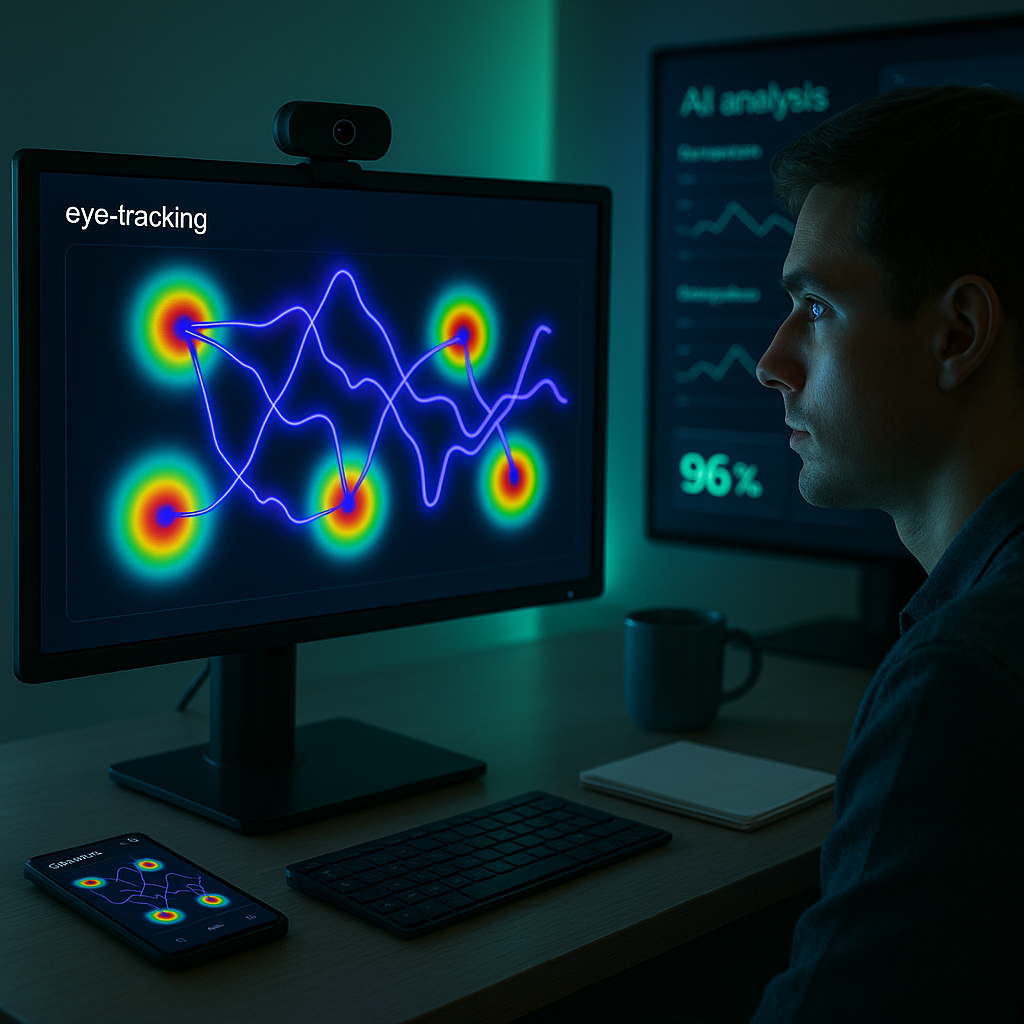Key Takeaways
- Customized AI solutions are empowering neurodivergent users. Tools built for ADHD, AuADHD, and autism focus on reducing chaos, automating reminders, and structuring complex tasks.
- ADHDink’s origin story is rooted in lived experience. The founder rebuilt life and business post-pandemic by embracing neurodivergence and leveraging AI to turn struggles into assets.
- Practical, sustainable strategies are central. Integrations like automated workflows and context-aware notifications prioritize energy management and creativity over rigid routines.
- There is growing demand from professionals and solopreneurs. Early adoption among creatives, freelancers, and founders shows strong interest in practical tech that fits neurodivergent working styles.
- Further innovation is on the horizon. ADHDink and similar platforms plan to expand AI capabilities, with new features and system updates expected in the coming months.
Introduction
AI-driven tools tailored for neurodivergent professionals are reshaping daily organization and productivity. Startups like ADHDink are leading by offering assistants designed for individuals with ADHD, AuADHD, and autism. Developed in response to real-life challenges, these solutions use automation and smart structuring to help users focus, minimize overwhelm, and amplify creativity. This addresses growing demand among freelancers and founders seeking practical support.
Understanding AI’s Role in Neurodivergent Support
AI technology has evolved to better recognize and adapt to diverse thinking patterns. The result? Tools that work with neurodivergent traits. These systems now feature adaptations for variable attention spans, time blindness, and executive function challenges.
Research from Stanford’s Neurodiversity Project indicates that AI tools tailored to neurodivergent thinking can increase task completion rates by up to 45%. Dr. Sarah Chen, lead researcher, stated that the newest generation of tools go beyond relabelled productivity aids. They offer systems that fundamentally understand different cognitive styles.
Mark Thompson, an educational technology specialist, noted that the rise of neurodivergent-friendly AI signals a broader shift toward cognitive accessibility. The market for these specialized tools has grown by 65% since 2022.
Key Features of Neurodivergent-Focused AI
Context-aware notification systems are now adapting to individual focus patterns. These features reduce alert fatigue, yet still get crucial reminders to users at the right times. They analyze user behavior to identify optimal moments for task switching and breaks.
Dynamic task organization breaks down complex projects based on executive function needs, not just traditional hierarchies. The AI monitors energy levels and adjusts task recommendations throughout the day.
Visual processing tools provide color coding and spatial organization that actually align with neurodivergent thinking. Alex Rivera, a software developer with ADHD, said that the technology finally meets the needs of users who rely on these visual strategies.
How AI Tools Are Custom-Built
Machine learning algorithms now use data from neurodivergent users right from the start to create more relevant solutions. That way, varied executive function patterns get considered from the outset.
Natural language processing systems have been refined to accommodate different communication preferences. These adaptations support both direct communication and pattern-based thinking, making interactions feel more intuitive (finally!)
Neurodivergent professionals are now included at every stage of development. Jamie Woods, a UX researcher with autism, stated that their role has evolved from consultants to being integral to the design process.
Practical Strategies for Implementation
- Start with core features that address your specific challenges.
- Customize notification settings before adding new tools.
- Build gradual automation around your natural work patterns.
Time management tools can be configured to match individual energy cycles. This offers a sustainable alternative to traditional scheduling. That kind of personalization supports consistent productivity without increasing the risk of burnout (something we could all use help with).
Integration features make it possible for these AI tools to work seamlessly with existing systems. This reduces the cognitive load of managing multiple platforms. Users have reported spending 30% less time on task management when using integrated solutions.
Conclusion
The rise of AI tools designed for neurodivergent minds represents a significant shift toward technology that adapts to diverse cognitive strengths. These solutions help reduce overwhelm and improve productivity for many users, reflecting an industry trend toward authentic inclusion and practical lived experience. What to watch: further adoption trends and upcoming updates as integration and customization features continue to evolve.





Leave a Reply